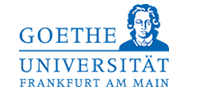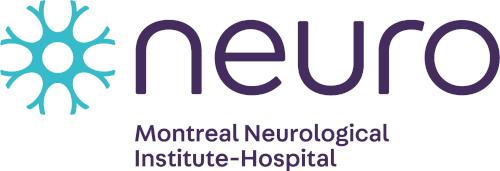 |
 |
 |
 |
 |
 |
Structural Genomics Consortium releases 1000th protein structure.
The Structural Genomics Consortium (SGC), an international public-private partnership that aims to determine three dimensional structures of medically important proteins, announced today the release into the public domain of its 1000th high resolution protein structure.
The 1000th structure – known as JmjD2C – belongs to a class of proteins involved in epigenetic signalling, a key research area for the SGC. Epigenetics is the study of inherited changes in gene expression caused by proteins such as JmjD2C which 'switch' genes on or off. It is believed that a better understanding of epigenetics could lead to new treatments for a wide variety of diseases including cancer, diabetes, obesity and many psychiatric diseases.
"JmjD2C is already known to play a key a role in the maintenance of self renewal in stem cells as well as roles in cancer," says Professor Udo Oppermann of SGC Oxford, who led the team solving the 1000th structure. "Now that its 3D structure is in the public domain, we hope that this will spur other scientists to investigate its functions more deeply and understand more clearly its role in epigenetics."
"This milestone reinforces the advantages of open-innovation partnerships between the public and private sectors," says Dr Aled Edwards the SGC Chief Executive. "We're extremely proud of this achievement and the efforts of our co-workers and their collaborators around the world."
Formed in 2004, the SGC comprises 180 scientists at labs at the Universities of Oxford and Toronto, and the Karolinska Institutet in Stockholm. The international collaboration is supported by public and private sector funding. All research output is made available to the research community free from restriction on use and protein structures are deposited in the Protein Data Bank (PDB). In 2009, the SGC contributed nearly a third of all new human proteins structures deposited in the PDB, and a similar fraction of protein structures from pathogenic protozoa.
The vast amount of structural information generated by the SGC provides insights into molecular function and is expected to have a great impact on human health by providing a structural framework for the rational chemical design of new or improved drugs that can inhibit or enhance protein function.
"The SGC is providing an incredibly valuable resource to the entire biomedical research community," says Professor Ray Stevens, Department of Molecular Biology and Chemistry at The Scripps Research Institute in La Jolla, USA. "Its systematic approach targeting entire protein families, such as protein kinases and other important as well as potential drug target classes, has yielded data that will be very helpful for investigators working to understand further the roles these proteins play in key biological functions. I applaud them for their efforts and accomplishments."
Since its launch, the SGC has identified and deposited in the PDB key protein structures involved in all aspects of cellular function and linked to diseases such as cancer, inflammation, diabetes, neurological disorders and infection. Many of the structures have also been published in scientific articles. Most publications, totalling over 250, are the result of collaborative projects with other scientists utilizing the structural information; the SGC is involved in more than 200 active collaborations with academics around the world.
Dr Alan Schafer, Director of Science Funding at the Wellcome Trust, comments: "The SGC has achieved a remarkable milestone in depositing its thousandth structure in the public domain. This success demonstrates the value of the public-private partnership model avoiding duplication of effort and allowing maximum benefit to the whole research community."
Additional links
- Wellcome Trust press release about our 1000th structure
- Wellcome Trust Blog: The Beauty of Proteins
- Nature News: Consortium solves its 1,000th protein structure
- Our Complete Structure Gallery
- Our ten highlighted structures
- Number 1000: Human JMJD2C catalytic domain
- Number 573: Human Set and Ring associated (SRA) domain of UHRF1 bound to methylated DNA
- Number 870: Human Tankyrase-2, catalytic PARP domain in complex with the potent inhibitor XAV939
- Number 764: Human pyruvate kinase, muscle, in complex with activator NCGC00031955
- Number 393: Human protein tyrosine phosphatase, non-receptor type 22
- Number 928: Kinase domain of Toxoplasma gondii CDPK1 with 3BrB-PP1 bound
- Number 868: Human RecQ protein-like in complex with double-stranded DNA
- Number 989: Human SHIP-2
- Number 561: Human feline sarcoma oncogene (active) in complex with Staurosporine and a Consensus Peptide
- Number 981: Human EHMT2/G9a, methyltransferase domain, in complex with UNC0638
